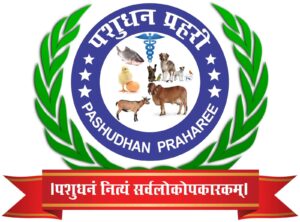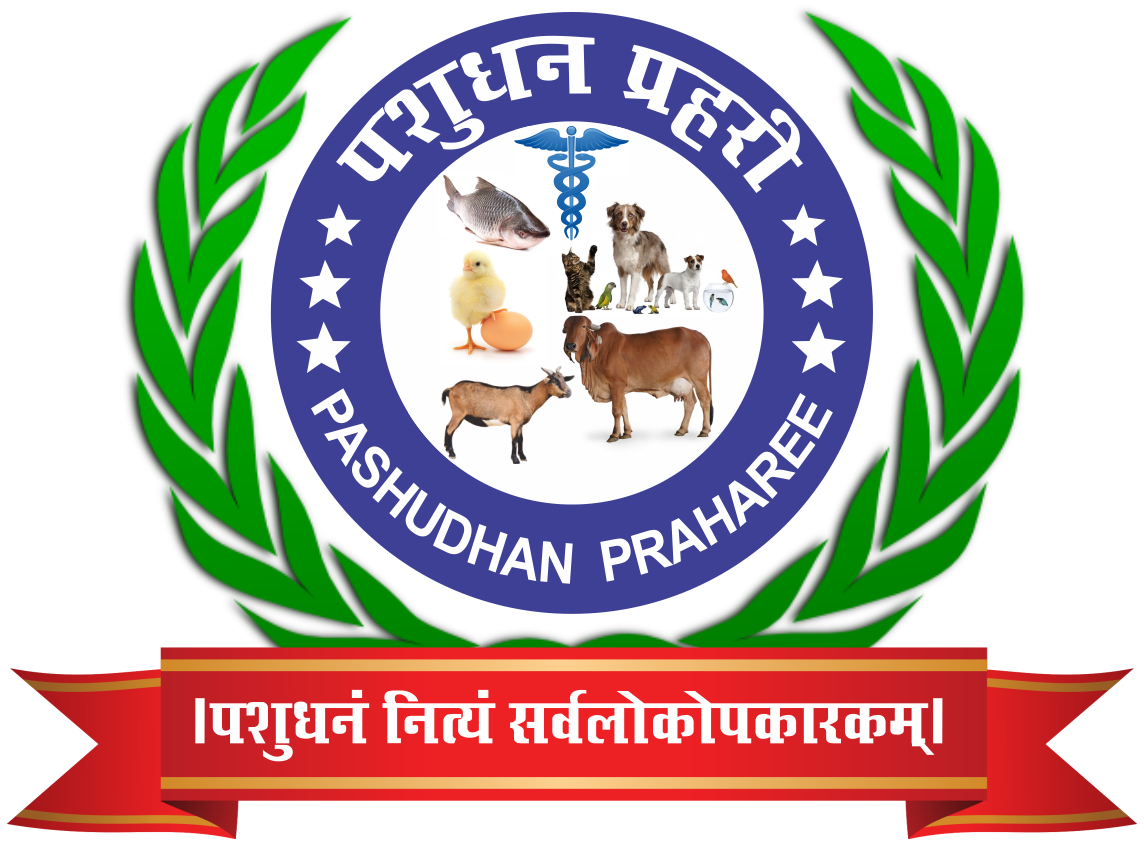Detailed Project Report (DPR) on Biofloc Fish Farming (10 Tanks)
Biofloc fish farming is an innovative and sustainable aquaculture technology that enhances water quality and boosts fish production through the conversion of waste materials into useful feed. This method uses beneficial microorganisms to maintain water quality while providing additional protein for fish, reducing the need for expensive commercial feed. A 10-tank biofloc system is ideal for small and medium-scale farmers aiming to increase productivity with minimal water usage.
Objectives of the Project
- To promote sustainable fish farming with reduced water consumption.
- To enhance fish growth rates by providing additional natural protein through biofloc formation.
- To generate higher income for small and marginal fish farmers.
- To reduce the environmental impact of aquaculture.
Key Components of the Biofloc System
- Tanks
- 10 circular or rectangular tanks with a capacity of 10,000 liters each.
- Made of HDPE (High-Density Polyethylene) or tarpaulin material.
- Aeration System
- High-efficiency air pumps and diffusers to maintain dissolved oxygen levels.
- Biofloc Starter Culture
- Beneficial bacteria inoculated in the system to break down waste and improve water quality.
- Water Quality Monitoring Equipment
- pH meters, TDS meters, ammonia test kits, and dissolved oxygen meters.
- Fish Seed
- Fast-growing species such as Tilapia, Catfish, or Rohu, depending on local market demand.
Estimated Cost (Indicative for 10 Tanks)
- Construction and Setup of Tanks: ₹5–6 lakh
- Aeration System: ₹1.5–2 lakh
- Biofloc Culture & Water Testing Equipment: ₹50,000–1 lakh
- Fish Seed and Feed: ₹2 lakh
- Miscellaneous Expenses (labor, electricity, maintenance): ₹1 lakh
- Total Project Cost: ₹10–12 lakh
Revenue Generation
- Each tank can yield approximately 500–800 kg of fish in a 4–6 month cycle.
- With proper management, 10 tanks can generate an estimated annual income of ₹15–20 lakh, depending on market prices and species farmed.
Advantages of Biofloc Fish Farming
- Reduces water consumption by recycling nutrients within the system.
- Lowers feed costs by providing additional protein from microbial flocs.
- Minimizes environmental pollution by reducing water discharge.
- Increases fish survival rates and enhances growth performance.
Challenges
- Requires continuous monitoring of water quality.
- High electricity usage due to aeration systems.
- Technical expertise needed for effective management.
A 10-tank biofloc fish farming system is a profitable and eco-friendly solution for boosting fish production, particularly in water-scarce regions. With proper training, technical support, and government subsidies under schemes like PM Matsya Sampada Yojana (PMMSY), biofloc technology has the potential to transform India’s aquaculture industry while improving the livelihoods of small-scale farmers.
Detailed Project Report (DPR) on Biofloc Fish Farming (10 Tanks)
Model DPR- Bio-Floc- Fish farming-10 Tanks




